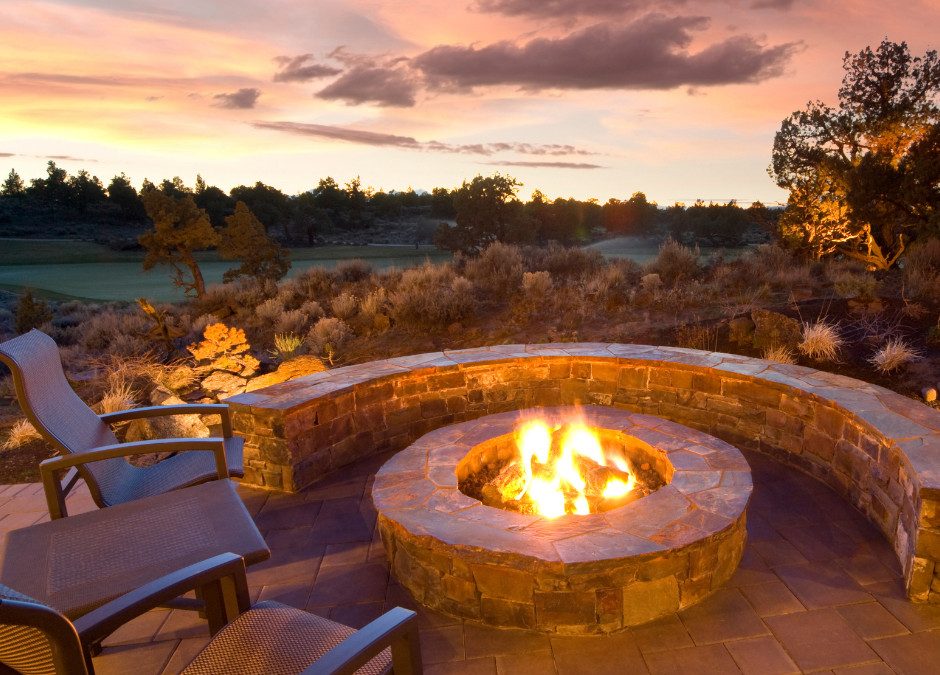Outdoor burning — fire pits, burn piles, leaf burning — can lead to dangerous property fires or violations if not handled properly. Here are safe practices along with relevant Maryland laws.
Maryland Laws & Regulations for Open Burning & Fire Pits
State-level regulation (Maryland DNR / Forest Service):
● Maryland prohibits open-air burning except under controlled conditions.
● A natural or constructed fire break at least 10 feet wide clear of combustible materials must surround the burn area.
● A responsible person must attend the fire until the last spark is out.
● Burning is restricted between 4 p.m. and midnight (unless the ground is snow-covered), unless conditions or local rules differ.
● During periods of extreme dryness or high fire risk, the Director may enforce a statewide burn ban.
● Under a burn ban, open-air fires (like campfires or charcoal grills) may be prohibited; propane/LP grills may be allowed.
Air quality & solid waste rules:
● The Maryland Department of the Environment (MDE) regulates open burning of solid waste (e.g., household trash, construction debris) via COMAR 26.11.07.
● Only natural, clean wood (no treated wood, plastics, painted materials, tires, etc.) may be burned.
● If a burn exceeds certain size or material thresholds, or is agricultural in nature, a permit from the local health or environmental office may be required.
County / local rules:
● For example, in Montgomery County, most open burning is prohibited unless permitted. Recreational fires (≤ 3 feet diameter) using dry wood may be allowed with strict conditions.
● In Prince George’s County, open fires must be attended, be at least 30 feet from structures, use only clean wood, and some types require notification or permit.
● In Anne Arundel County, recreational fires (e.g. fire pits) are allowed without license under County Code, but leaf burning is prohibited and open burning must conform to limitations.
● In city jurisdictions (e.g., Hagerstown), open burning may be banned within city limits except for cooking fires, or permitted only via the Fire Marshal.
Because regulations vary by county and municipality, homeowners should always check with their local fire marshal or environmental health department before lighting a fire.
Safe Practices for Fire Pits, Burn Piles, and Outdoor Burning
Even where allowed, outdoor burning must be handled carefully:
● Choose a safe location — place your fire pit or burn pile at least 15–30 feet away from
buildings, structures, fences, trees, overhangs, or combustible materials. Many local codes require 30 feet.
● Build a fire break (cleared space) around the fire area, free of grass, leaves, or brush.
● Use a proper container or fire pit made of masonry, steel, brick, or other noncombustible material.
● Keep the fire small and manageable. In many jurisdictions, recreational fires must not exceed 3 feet in diameter.
● Only burn dry, untreated, natural wood. Do not burn leaves, yard waste, household trash, painted wood, plastics, or construction debris.
● Have extinguishing tools on hand: hose, bucket of water, shovel, dirt, fire extinguisher.
● Never leave a fire unattended — someone must remain present until the fire is completely out.
● During windy or dry conditions, or if a burn ban is declared, do not burn.
● When done, fully extinguish the fire using water (or other method) and drown, stir, drown again — until no embers remain.
By following both state and local burn rules and safe practices, you can enjoy a cozy backyard
fire without putting your property or neighbors at risk. At Mr Lister Realty, we want your home to be safe, warm, and ready for the season. And when you’re ready to buy or sell, we’ll help you find the right home — no flames involved!

